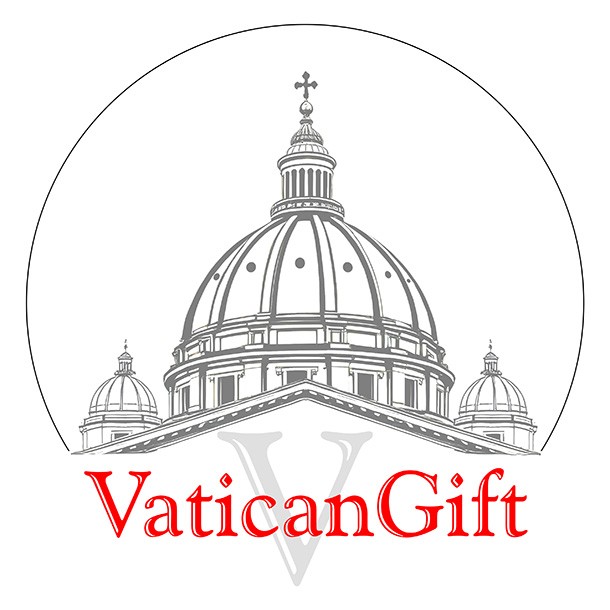
Understanding the Conclave
The Conclave is the solemn and sacred assembly of the College of Cardinals convened to elect a new Pope following the death or resignation of a Pontiff. Rooted in centuries of tradition, it takes place in the Sistine Chapel under conditions of absolute secrecy.
The word "conclave" originates from the Latin cum clave, meaning "with a key," reflecting the locked doors behind which cardinals are enclosed until a decision is reached. This ensures the integrity of the process, allowing the Holy Spirit to guide their choice.
Historical Origins of the Conclave
Medieval Roots and Reforms
The first formal rules of the Conclave were established in 1274 during the Second Council of Lyon. These reforms were meant to prevent lengthy delays in papal elections, such as the nearly three-year vacancy that followed the death of Pope Clement IV in 1268.
Through the centuries, various Popes refined the process. By the 20th century, detailed protocols were solidified, including the ceremonial burning of ballots, which signals the outcome of each voting round with either black or white smoke rising from the chapel’s chimney.
The Conclave in Modern Times
Today, the Conclave continues to be one of the most sacred rites in the Catholic Church. Only cardinals under the age of 80 are eligible to vote, and the process is heavily guided by prayer and discernment. Each new election is a moment of hope and renewal for Catholics worldwide.
A Farewell to Pope Francis
As the Church now mourns the passing of Pope Francis, his legacy of humility, mercy, and inclusion sets a powerful standard for the next Pontiff. Elected in the 2013 Conclave after the resignation of Pope Benedict XVI, Pope Francis became the first Jesuit and the first Latin American Pope in history.
His papacy reminded the world that leadership in the Church must be rooted in service and compassion. The upcoming Conclave will not only be a historic moment but also an emotional time of reflection and spiritual anticipation.
Conclusion
The Conclave remains a pillar of the Catholic faith, a moment where divine guidance and tradition meet to shape the future of the Church. As we remember Pope Francis, the world turns its heart toward the Sistine Chapel once more, awaiting the next chapter in a sacred story.
